Here there is a list of active constituents and examples of plants that are good for you
It's not breaking news that some plants are particularly good for us. What most people don't know is how these plants are beneficial for us.
Image source: www.fools-arena.blogspot.com
The first difference between the plant and the animal kingdom is that plants are capable to use the minerals found in the soil to manufacture complex molecules (the active constituents we will discuss here) and capture the energy from the sunlight by using it to convert the carbons in the air into sugars. Each plant is capable of synthesizing hundreds of molecules, basically they are a miniature chemistry lab.
Plants also appeared on earth much earlier than us (if we were to assign the lifetime of our planet to a 24 hours format, plants would appear at 10 pm while humans appeared 30 seconds before midnight). Therefore, plants had much longer time to refine ways to synthesize complex molecules from raw materials. Instead, we never needed to develop such features as it was much simpler to get what we need by eating plants.
Image source: Raven Biology of Plants 8th Edition
For centuries we have known that plants are good for us, for example the German Chamomile (Chamomilla recutita) is known to soothe digestive problems and reduce inflammation, while aloe vera was known even by Cleopatra as a healing skin remedy. It's only relatively recently that we have learned a great deal about the active constituents responsible for the medical activity of plants. Here there is a list:
Phenols
Like us, plants also have to protect themselves from infection and from insects, for this reason they developed complex sugar-containing phenolic glycosides (like for example the salicylic acid, a molecule similar to aspirin) with anti-inflammatory and antiseptic action.
Thyme (Thymus vulgaris) - Image source: Wikipedia
Volatile Oils
These are commonly extracted from plants to produce essential oils. Obviously essential oils are widely used in perfumery, but I want to highlight some of their beneficial effects that most people ignore. For example did you know that the fragrance of some oils can help you increase your mental activity and reach deep focus?Or that the fragrance of some trees can lower blood pressure and boost our immune activity? Also a quick tip, some plants like for example thyme can be excellent insects repellent, in summer try to rub some on your skin and you will notice that mosquitoes will leave you alone for a while.
German Chamomille (Chamomilla recutita) - Image source: Wikipedia
Flavonoids
These are polyphenolic compounds that act as pigments, imparting color to flowers and fruits. They are strong anti-oxidant, anti-inflammatory, anti-viral and help maintain healthy circulation and have a protective effect on your liver. Probably you drink plenty of polyphenols everyday without realizing it, tea or coffee, in fact, contain plenty of these anti-aging molecules. Who says that people that drink coffee live longer is probably right.
Coffee beans - Image source: Wikipedia
Tannins
To some degree they are present in most plants. They have a harsh taste that should discourage insect from feeding from the plant. Tannins can bind and precipitate proteins, thus their use to "tan" leather. They can also stop bleeding and can be used to tighten up over-relaxed tissues (like varicose veins) or to dry up excessive watery secretions (like in diarrhea). Tannins also have protective effects on damage tissues like skin in the case of eczema or burns.
Saponins
Like soap, these molecules are hydrophobic, thus forming a visible distinct layer when mixed with water. They are generally found in 2 different forms: steroidal or triterpenoid. The steroidal form of saponins is very similar to our homones, like for example estrogen and cortisol. Because of this similarity, some saponins can have "hormonal activity" which in some cases can be harnessed to our advantage, like for example the first contraceptive pills contained saponins.
The triterpenoid form instead, has a lower hormonal activity but can aid in the adsorption of nutrients, for example licorice has digestive effects.
Licorice (Glycyrrhiza glabra) - Image source: www.gardeningknowhow.com
Anthraquinones
These can be found for example in the Chinese rhubarb (Rheum palmatum) and can be used to relieve constipation. Anthraquinones can stimulate bowel movement approximately 10 hours after being taken, causing a laxative effect.
Chinese Rhubarb (Rheum palmatum) - Image source: Wikipedia
Cardiac Glycosides
These can be found in some medicinal plants like the foxgloves (Digitalis purpurea). Cardiac glycosides such as digitoxin or digoxin have a strong effect on the heart. They can support strength and rate of contraction of the heart when it's failing. These molecules can also have strong diuretic effects (stimulate urine production), this could be useful for the removal of fluids from the circulatory system.
Cyanogenic Glycosides
These glycosides contain cyanide, a potent poison. However, in small doses they can have a sedative and relaxant effect on muscles (generally used for the heart). They can be found in plants like wild cherry (Prunus serotina) or in the leaves of elder (Sambucus nigra). Moreover, many fuit kernels, like those of apricots (Prunus armeniaca), contain elevated amounts of cyanogenic glycosides.
Elderflower (Sambucus nigra) - Image source: Wikipedia
Polysaccharides
I mentioned them earlier, based on how sugars are synthesized they can either act as a store or energy or fulfill structural functions, but in the latter case they would be difficult to digest (we call these fibers). Other than their well known nutritional effects, polysaccharides can also stimulate the immune system.
Wormwood (Artemisia absinthium) - Image source: Wikipedia
Bitters
A few molecules fall into this category, their common feature is their bitter taste. While this may not be very pleasant, the bitter taste stimulate the salivary glands and the digestive organs. Thus improving the apatite and strengthening the digestive system.
Vitamins
I guess you have heard of this class of molecules before. Here there is a quick list of plants rich in vitamins
- Dog rose (Rosa canina) - vitamin C
- Carrot (Daucus carota) - pro-vitamin A
- Watercress (Nasturtium officinale) - Vitamins B1, B2, C, E and beta-carotene
Dog Rose (Rosa canina) - Image source: Wikipedia
Minerals
Plants can absorb minerals from the soil and turn them into forms that are easier to absorb by our body. In many cases the mineral content of a plant will determine their medicinal efficacy. For example there are plants like the horsetail (Equisetum arvense) that are rich in silica and support the repair of connective tissue, thus it's useful to treat arthritis.
Obviously there are more constituents but I've only mentioned the major ones. I hope you found this post useful.
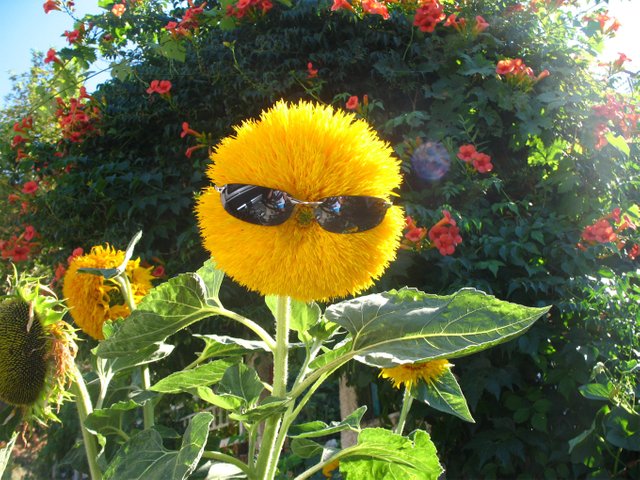
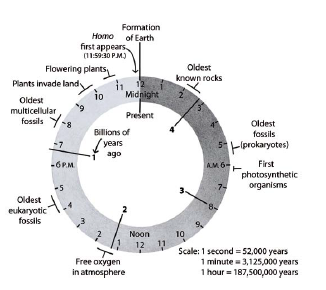
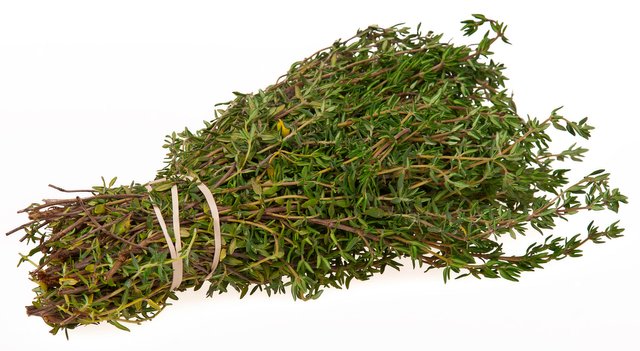
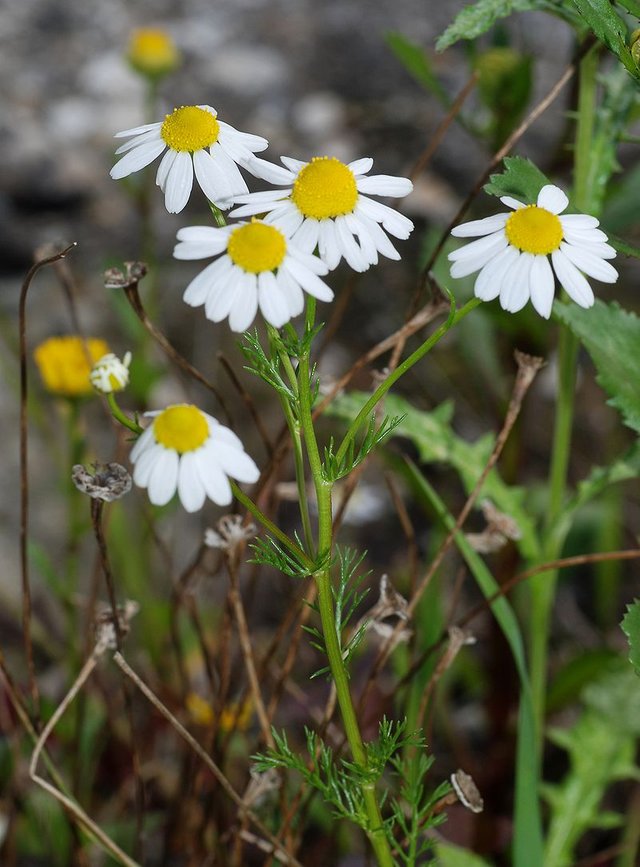
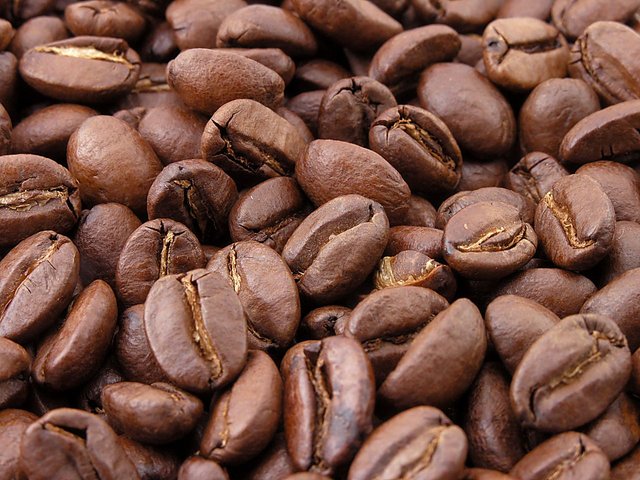
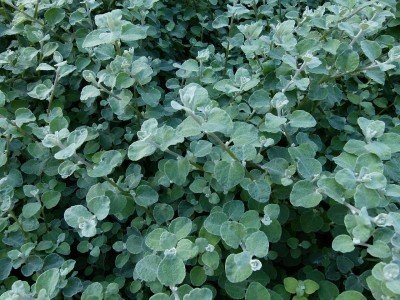
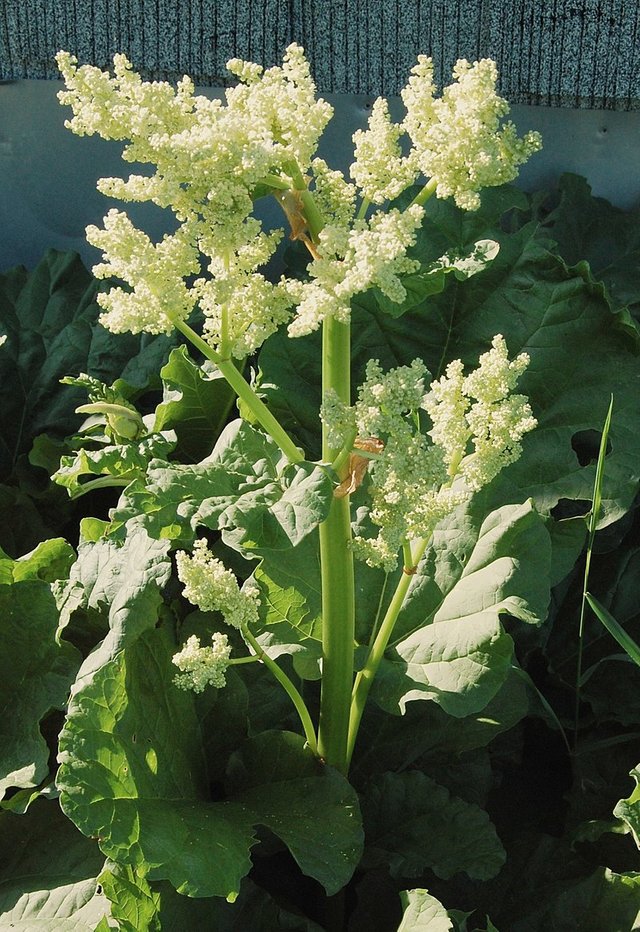
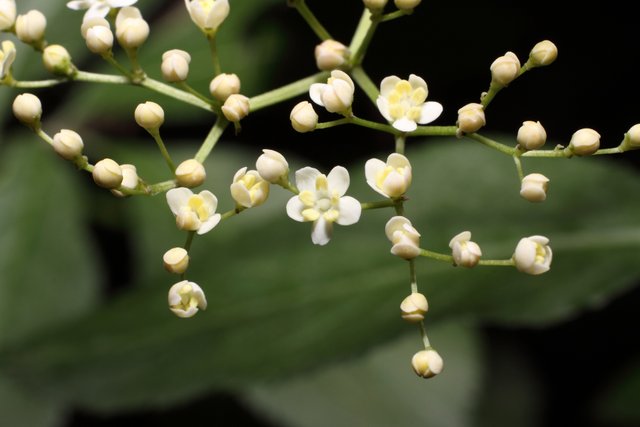
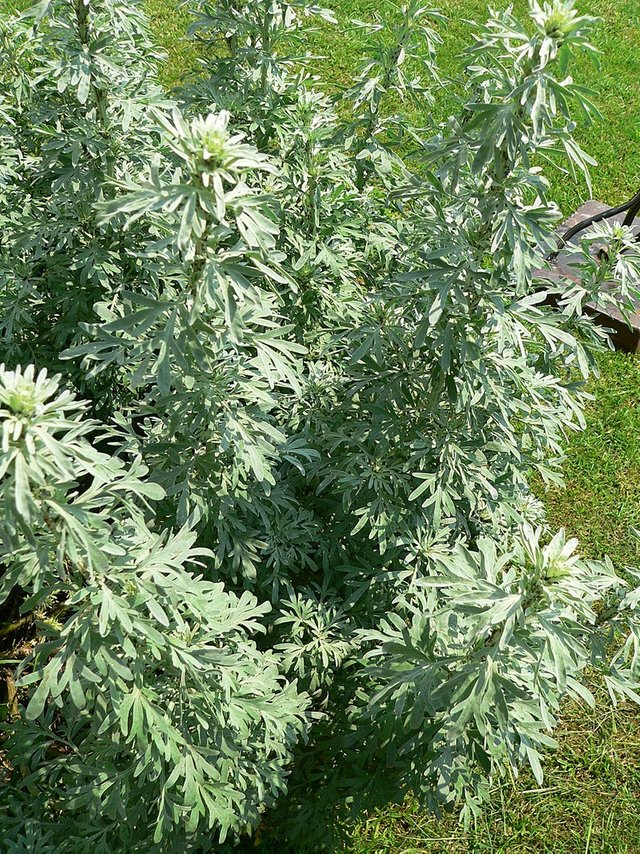
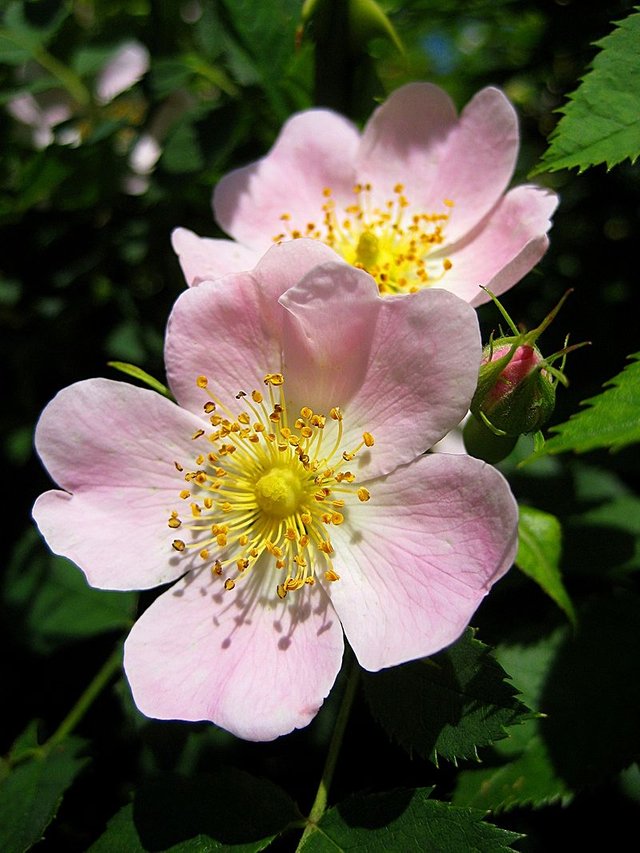
img credz: pixabay.com
Nice, you got a 74.0% @amat upgoat, thanks to @aboutcoolscience
Want a boost? Minnowbooster's got your back!
The @OriginalWorks bot has determined this post by @aboutcoolscience to be original material and upvoted(2%) it!
To call @OriginalWorks, simply reply to any post with @originalworks or !originalworks in your message!
@steem-marketing has voted on behalf of @minnowpond.
If you would like to recieve upvotes from minnowponds team on all your posts, simply FOLLOW @minnowpond.
Congratulations @aboutcoolscience! You have completed some achievement on Steemit and have been rewarded with new badge(s) :
Click on any badge to view your own Board of Honor on SteemitBoard.
For more information about SteemitBoard, click here
If you no longer want to receive notifications, reply to this comment with the word
STOPThis kind of stuff fascinates me. When we first moved out to the boonies the first thing I did was take inventory of all the cool stuff growing wild on our property!
I haven't been brave enough to mess with the mushrooms but it's amazing how much really good stuff is just scattered around for anyone who knows what they're looking at!
Hello, thank you for stopping by. I was getting a bit discouraged because I spent hours researching and writing about this topic and only bots seemed to have noticed it. I think plants are fascinating and learn about them can also make our life better. You may have a Ferrari but if you fill the tank with ethanol instead of gasoline you won't get very far. Our body works the same way. If you eat junk food you are not going to perform at your best. Learning about what to find in some plants can help you out balancing your diet and feel more energy during the day.
I love the sites which are well researched. There are a lot of under-used sources of nourishment and health care that are overlooked in favor of vitamins and processed medicines. The processed meds (I think) are often more potent than is required and thus... dun da dun dun! Super Bugs!
Actually, they found that if you isolate a single compound from a plant it tends not to have the same effects of the whole plant itself. That's because in plants you have hundreds of chemicals and they interact with one another and they can boost each other's activity, there is so much to say about this..
Excellent point. I hadn't thought much on chemical interactions within the plants.